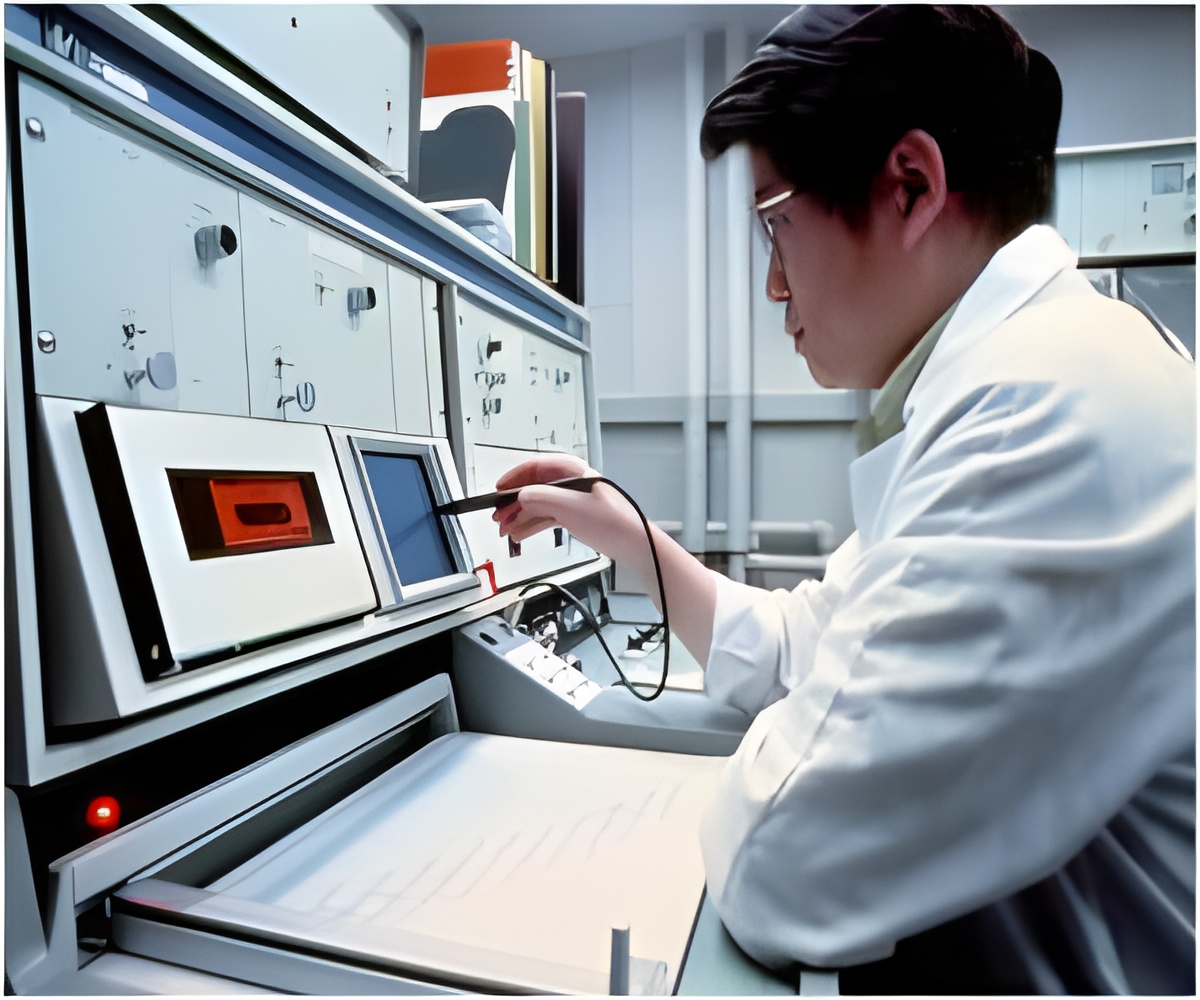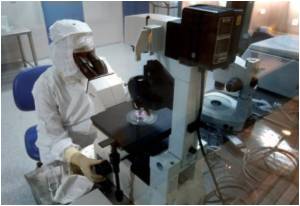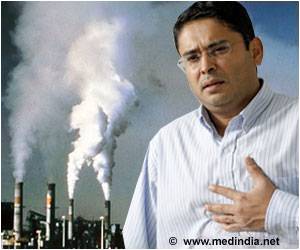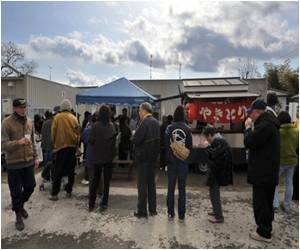
Professor Damian Hampshire from Durham University said, "Our predictions suggest that fusion won't be vastly more expensive than fission."
Within a few decades, fusion reactors could offer an almost unlimited supply of energy without contributing to global warming or producing hazardous products on a significant scale. The main advantage of fusion reactors over current fission reactors is that they create almost no radioactive waste.
The authors said, "Fusion reactors are safer as there is no high level radioactive material to potentially leak into the environment which means disasters like Chernobyl or Fukushima are impossible because plasma simply fizzles out if it escapes."
Fusion energy is politically safer. A fusion reactor would not produce weapons-grade products that proliferate nuclear arms. These reactors are fueled by deuterium, or heavy water, which is extracted from seawater, and tritium, which is created within the reactor, so there is no problem with security of supply either.
Professor Hampshire said, "The analysis would help persuade policy-makers and the private sector to invest more heavily in fusion energy."
Advertisement
Source-IANS










